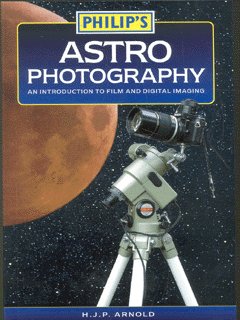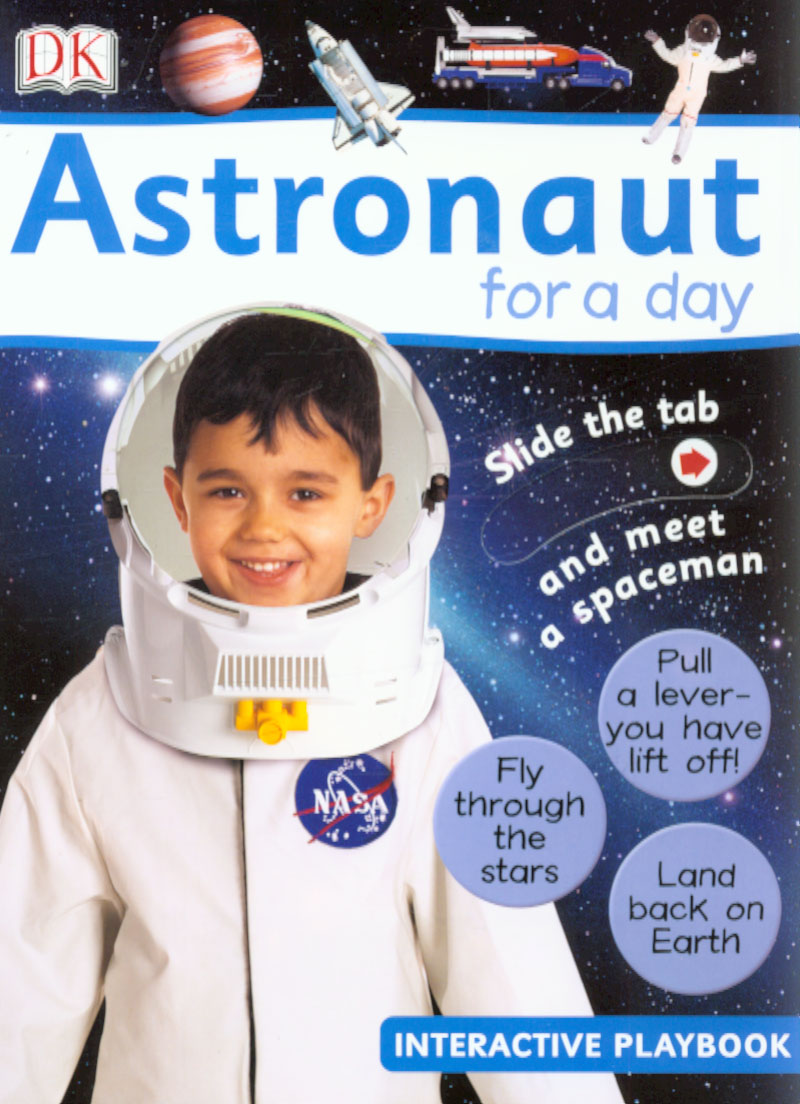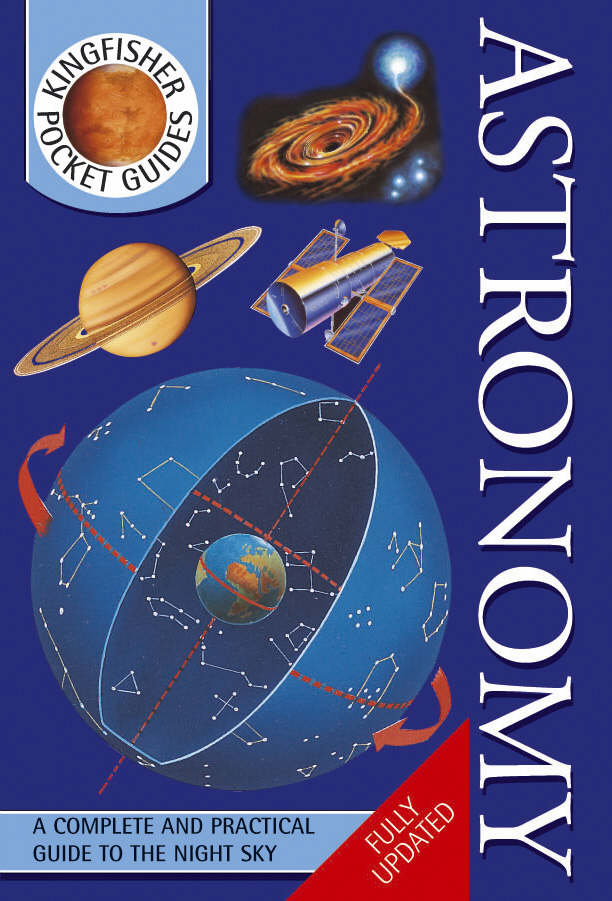Filters
Clear allSubject
- Careers (151) Apply Careers filter
- Climate Change (14) Apply Climate Change filter
- Computing (281) Apply Computing filter
- Creative arts and media (20) Apply Creative arts and media filter
- Cross curricular (298) Apply Cross curricular filter
- Design and technology (433) Apply Design and technology filter
- Engineering (217) Apply Engineering filter
- Food Preparation and Nutrition (31) Apply Food Preparation and Nutrition filter
- Health and safety (4) Apply Health and safety filter
- Leadership (26) Apply Leadership filter
- Mathematics (866) Apply Mathematics filter
- Personal development (34) Apply Personal development filter
- Psychology (29) Apply Psychology filter
- Science (1309) Apply Science filter
- Space (29) Apply Space filter
- STEM Ambassadors (10) Apply STEM Ambassadors filter
- STEM Clubs (21) Apply STEM Clubs filter
Age range
Type
- Activity sheet (473) Apply Activity sheet filter
- Article (35) Apply Article filter
- Assessment (15) Apply Assessment filter
- Audio (1) Apply Audio filter
- Data set (14) Apply Data set filter
- Demonstration (16) Apply Demonstration filter
- Experiment (39) Apply Experiment filter
- Game (6) Apply Game filter
- Group work (20) Apply Group work filter
- Image (27) Apply Image filter
- Information sheet (51) Apply Information sheet filter
- Interactive resource (23) Apply Interactive resource filter
- Open-ended task (22) Apply Open-ended task filter
- Poster (20) Apply Poster filter
- Presentation (56) Apply Presentation filter
- Quiz (1) Apply Quiz filter
- Research (136) Apply Research filter
- Self assessment (5) Apply Self assessment filter
- Simulation (3) Apply Simulation filter
- Teacher guidance (420) Apply Teacher guidance filter
- Textbook (20) Apply Textbook filter
- Video (163) Apply Video filter
- (-) Remove Include Physical Resources filter Include Physical Resources
Showing 2668 results
This resource is a summary of a seminar organised by SCORE (Science Community Representing Education) in November 2009. The seminar aimed to discuss the purpose and methods of assessment of practical work in science. It also looked at the current GCSE specifications and the key philosophical differences of the...
This activity, available in three different programming languages, requires students to ‘dry run’ written code and work out what it does. This is a useful skill for programming, which tests their understanding of assignment and subsequent changes to variables within programs. They step through code and analyse the...
The Association for the Study of Animal Behaviour (ASAB) supports research and education about animal behaviour. It provides support to teachers in schools and colleges in teaching animal behaviour, from primary schools to sixth forms. In addition they provide general advice on behavioural methods, statistics,...
This collection of materials is produced by the Association of Teachers of Mathematics (ATM).
The collection contains three sub collections: Resources for the Primary Mathematics Classroom, Resources for the Secondary Mathematics Classroom and articles from the ATM Journal "Mathematics Teaching".
The...
The Association of the British Pharmaceutical Industry (ABPI) provides a wide range of resources for use by teachers and students. Many of the materials link topics studied in the classroom to their applications in industry and research. In addition to interactive resources across the 5-19 age groups, this...
On 30th June in 1908 the largest asteroid in recorded history smashed into Earth in Siberia. This date is now used as an opportunity to highlight the risks of asteroids to equipment in space and the Earth; and their positive effects such as their role in the formation of the solar system and asteroid impact sites...
What is the Asteroid Belt? Why do comets have a tail? What is the difference between a meteor and a meteorite? Learn the answers to these questions and many more fascinating facts about asteroids, comets and meteors in this stunning book from QED.

Capturing the night sky in photographs is usually assumed to be the domain of specialists, but Arnold opens this seemingly remote area to anyone with an interest in photography.
He guides the reader step by...
This item is one of over 25,000 physical resources available from the Resources Collection. The Archive Collection covers over 50 years of curriculum development in the STEM subjects. The Contemporary Collection includes the latest publications from UK educational publishers.

Children will enjoy flying to space with Astronaut for a Day. Whether it's launching a rocket, having a space meal or navigating back to Earth, they willl love the hands-on features of this book. With flaps to open,...
This activity includes a game-based approach to measuring reaction speed. Fast reflexes are vital to astronauts who may need to deal with rapidly escalating incidents and high-speed projectiles.
The effect of distraction on reaction speed is investigated – students collect multiple readings and take averages...

'Astronomy' is a practical guide to the night sky for the amateur astronomer, filled with information on the sun and moon, the constellations, the solar system, the Milky Way and beyond.
Since ancient times, humans have gazed at the stars and tried to understand the night sky. This process continues today with observations still made by the naked eye but also with sophisticated telescopes and instruments that look at infra-red, ultraviolet, microwave and other wavelengths. This collection contains...
